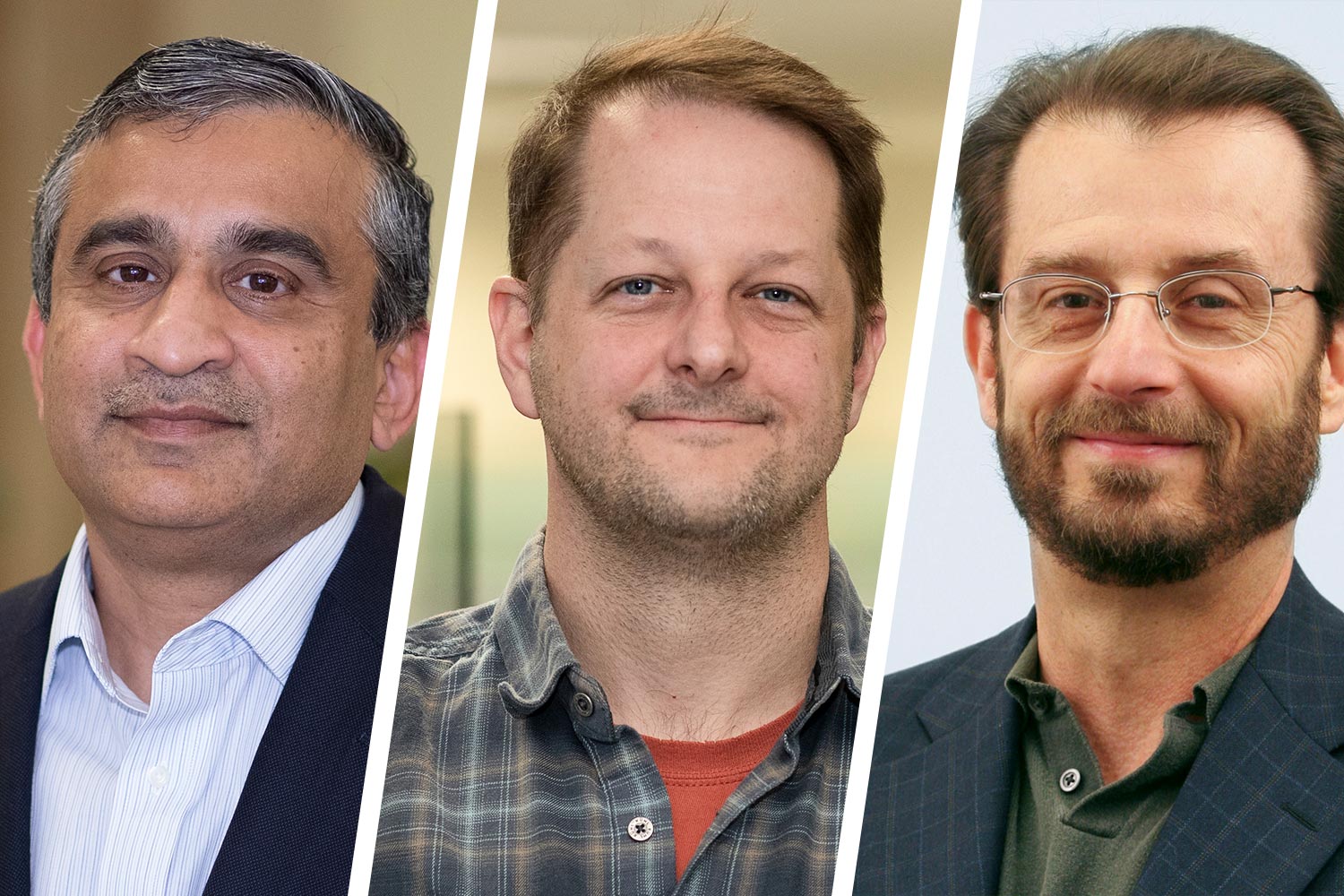Find the latest information on the University’s response to the coronavirus here.
A COVID-19 projection model for Virginia, developed by computer scientists at the University of Virginia’s Biocomplexity Institute, indicates that current social distancing efforts in Virginia have paused the growth of the epidemic, and that the state will have sufficient medical resources to battle the pandemic for at least the next couple of months.
However, if social distancing restrictions are lifted too soon, such as on April 30, the date the federal government has considered for pausing current social distancing measures, a second wave of infections could occur.
The UVA model, designed as a decision-support tool for public health officials, indicates that if current social distancing restrictions were to be partially lifted when Virginia’s current stay-at-home order expires on June 10 – meaning more people could return to work – COVID-19 infections could peak in mid-August, with about 10,000 confirmed cases per day, and then begin to drop. However, it is unlikely that officials would allow such a scenario to develop. Other mitigation tools, such as trace, test and treat, combined with social distancing rules that balance economic realities, would need to be instituted.
If current restrictions were lifted by the state on April 30, infection rates would continue to climb at a faster rate than the June 10 scenario, and would take longer to peak and slow.
Further modeling of the pandemic within the state, according to the researchers, will help to make clear the effectiveness of eventual broad mitigation efforts that test widely for infection, isolate those who are infected, and trace and isolate people who have come in contact with infected individuals. To accomplish that, extensive testing would need to be conducted statewide.
The research was presented Monday during Virginia Gov. Ralph Northam’s press conference by three UVA computer science professors at the UVA Biocomplexity Institute: Chris Barrett, the executive director; Madhav Marathe, a division director; and Bryan Lewis, a research professor. Officials from the RAND Corporation also presented results from models they have developed.
“Our data shows us that people really are practicing social distancing in Virginia and that the growth rate of COVID-19 infections has slowed down since the middle of March, when social distancing guidelines went into effect,” Marathe said during a phone interview after the press conference.
The Virginia Department of Health asked Biocomplexity Institute researchers in January to model the spread of COVID-19 within the state, and to provide tools to help policymakers make sound science-based disease mitigation decisions.
Using big data analytics and simulations, UVA Biocomplexity Researchers have, for more than 20 years, developed models to provide analysis for infectious diseases such as various influenza strains, Ebola, Zika and others.
The technical approach blends artificial intelligence, high-performance computing, network science and epidemic science to study large-scale infectious disease problems. The models created by the team factor in social distancing scenarios, infection rates, incubation periods, mortality and other variables that affect possible outcomes. Because some factors affecting infection rates are unknown at any given time, the models are designed to run through a range of scenarios, based on what is known, and then project new outcomes based on new data feeds. This allows the models to look ahead, while always being revisable.
“We continually update our model with new data to help us project how things will look down the road,” Lewis said. “Widespread testing of individuals for the presence of the virus, contact tracing, and the isolation of infected individuals is key to further slowing the spread of this disease, beyond social distancing measures.”
Epidemiological models help state officials understand whether hospitals in different regions are prepared and equipped to handle an influx of infections, based on projections, which drill down to the county level. This affects decisions regarding where to allocate ventilators and additional personnel and protective equipment, such as face masks, gowns and gloves.
Marathe leads the project, which comprises more than 85 researchers who use computer science to study complex networks, such as how vast ranges of human interactions in everyday life – trade, travel and socialization – affect the spread of disease, and how contagions adapt to and proliferate in our dynamic world. The models created by the team are therefore built to be dynamic, taking into account most of the known factors that affect the spread of disease.
“This is an honor for our team to be asked by the state to support their public health planning and response efforts during the COVID-19 outbreak using our modeling tools,” Marathe said. “The health and emergency management departments have been great partners, providing diverse data that we have combined with other data resources to create our projections. Our interactions with them have allowed us to understand the important questions state officials face as they respond to this public health crisis.”
The researchers use computer science and data analytics to gather and analyze massive data sets and find trends that otherwise would be impossible to discern. And because the data input is always growing and changing, the models must be dynamic as well, indicating how a multitude of variables – changes in societal behavior, for example, such as physical distancing – affect possible outcomes over differing periods of time, from days to weeks, months and beyond. It’s an attempt to understand the future based on what’s happened in the recent past.
Media Contact
Article Information
April 13, 2020
/content/biocomplexity-institute-researchers-develop-covid-19-projection-model-virginia

